All Stories
-
 Earth
EarthVolcanic lightning forges tiny glass balls from airborne ash
The lightning that crackles through volcanic plumes can melt ash into tiny glass beads.
-
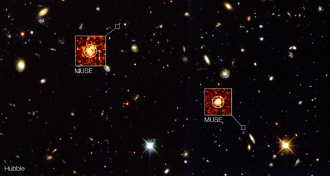 Astronomy
AstronomyHundreds of galaxies seen in a new 3-D view of the universe
A new instrument lets astronomers measure the distances to hundreds of galaxies at once, looking back across the age of the universe.
-
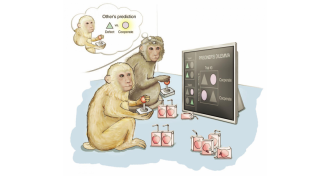 Neuroscience
NeuroscienceBrain cells predict opponent’s move in game-playing monkeys
Newly discovered brain cells help monkeys predict whether a companion will cooperate.
-
 Health & Medicine
Health & MedicineDespite risks, vaccine delay requests are common
A survey of pediatricians and family doctors finds parents frequently put off vaccines for babies even though doctors warn it can place the children at risk of illness.
By Nathan Seppa -
 Plants
PlantsPlant growth patterns changing on much of Earth’s surface
More than half of Earth’s land surface has seen major changes in factors such as leaf-on date and how much vegetation grows in a season.
-
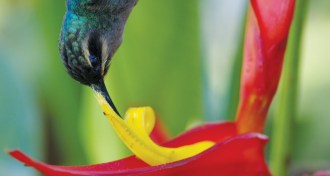 Plants
PlantsTropical plant knows whose bill is in its flowers
A rainforest plant avoids inbreeding by accepting pollen only from hummingbird species that must travel to reach it.
-
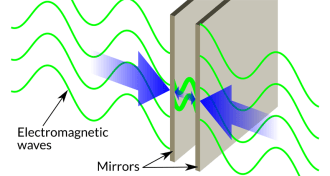 Quantum Physics
Quantum PhysicsTrying to get the down-low on gravity
A twist on a classic quantum mechanics experiment could lead to the discovery of elusive gravitons.
By Andrew Grant -
 Health & Medicine
Health & MedicineSecondhand smoke exposure in womb linked to eczema in childhood
Secondhand smoke exposure in the womb may heighten risk of eczema and other dermatitis in children, a study finds.
By Nathan Seppa -
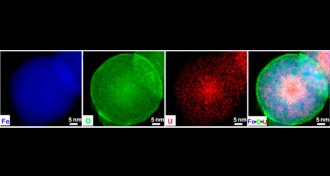 Chemistry
ChemistryIron nanoparticles snatch uranium
With a dash of iron nanoparticles and a magnet, researchers can quickly harvest radioactive fuel.
By Beth Mole -
 Humans
HumansBreast-feeding newborns might limit their allergy to pets later
Breast-feeding newborns might limit their allergy to pets later by inducing a protective mix of gut microbes in the baby.
By Nathan Seppa -
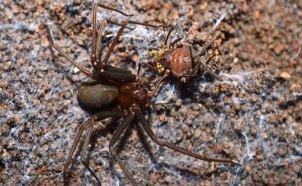 Animals
AnimalsDelicate spider takes down tough prey by attacking weak spots
The Loxosceles gaucho recluse spider can take down a heavily armored harvestman by attacking its weak spots, a new study reveals.
-
 Astronomy
AstronomyPlanet collisions may have rearranged crowded solar systems
Solar systems discovered by Kepler with just one or two worlds may be remnants of planet families that were once far more crowded.